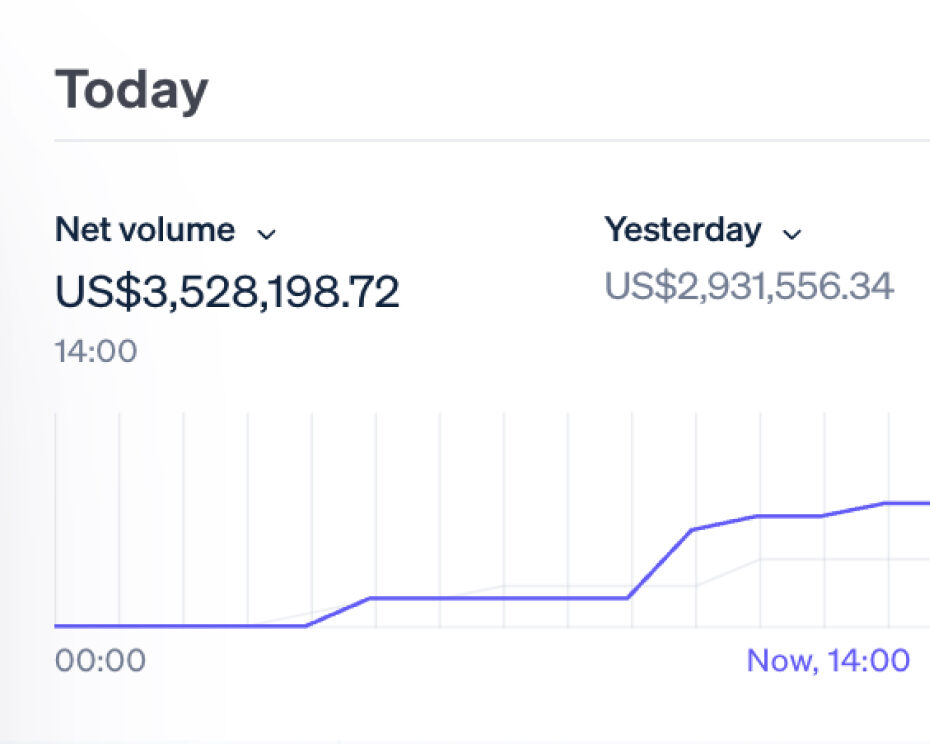A verdict on Black Friday weekend
This is a much-needed boost for retailers and consumer brands. However, the data also indicates that the pace of growth for retail’s busiest and most profitable time of year is slowing.
Heading into peak season, we undertook research to gauge retailers’ plans and confidence. We found that 57% of US businesses were concerned about their financial performance heading into the peak season. And it’s no wonder, 2022 was tough, with record inflation, ongoing supply chain disruption, and low consumer confidence. The tempered growth we’ve seen across Black Friday and Cyber Monday doesn’t come as a surprise. But with challenging times set to continue, retailers need to do everything they can to maximize profitability. Especially during these key moments in the retail calendar.
Our research also revealed that the majority of businesses felt that sales pricing was more complex this year. Despite this, a huge proportion of respondents still planned to manage their seasonal markdowns manually.
Promotion events are a major opportunity but they can only be maximized when businesses can execute their pricing strategy with precision and agility. This allows them to pivot in response to consumer demand. Manual pricing can’t provide the margin visibility, speed, or accuracy needed.
More challenges are likely in 2023 and price adjustments will be necessary to adapt to changing conditions and consumer behavior. Retailers and consumer goods businesses need to gain control of their pricing so that changes can be executed fast and with total confidence.
Powerful pricing software supported with deep experience
Flintfox gives you flexibility with your application, unprecedented speed and power from our pricing engine and support from our dedicated team.
